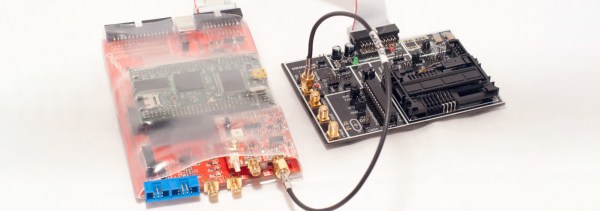Whenever there is an earthquake somewhere in the world, our TV screens fill with images of seismic data. Those news report graphics with simplified bite-sized diagrams that inform the masses, but usually get something wrong. Among the images there will invariably be one of a chart recorder drawing a significant earthquake trace on paper, which makes good TV, but is probably miles away from the state of the art in seismology.
We are not seismologists here at Hackaday, so it was extremely interesting to find [Michael D]’s project, Device for Seismic Noise Analysis. In it, he gives a basic primer in seismic sensors, and outlines his take on the subject, a sensitive wideband seismic sensor designed to capture the seismic background noise. It seems that many seismic sensors are designed to capture big events, yet ignore the noise between them from which using suitable software one can glean advance warning of seismic events.
The sensor is a simple design, a ball of significant mass rests upon three piezoelectric microphone elements spaced at 120 degree intervals. An extremely high impedance op-amp circuit converts and integrates the charge from the piezo element to a voltage that can be read by an Arduino Yun which harvests the data. It is a bold claim, but the device is said to have already given advance warning of minor seismic events near its Tennessee test site.
Seismology has featured here a few times before. There was this seismometer using a subwoofer as its sensor, and this project using commercial geophones, just to name a couple of examples.






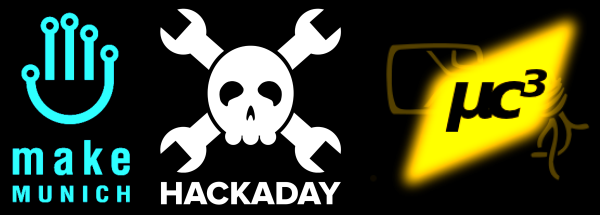
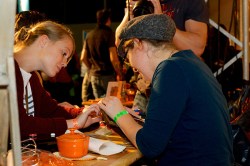


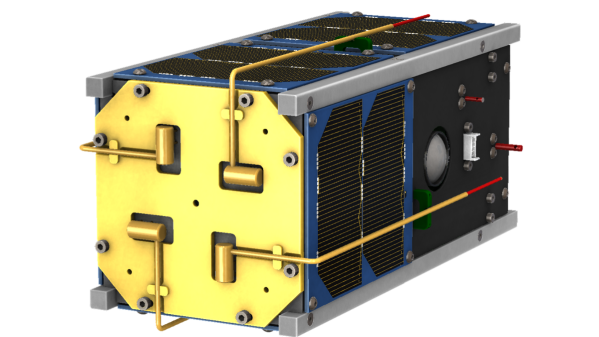

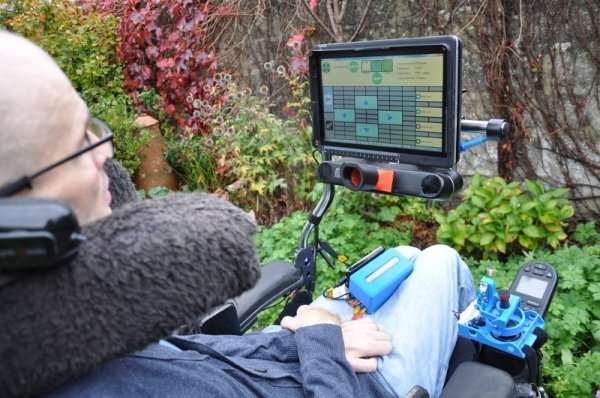
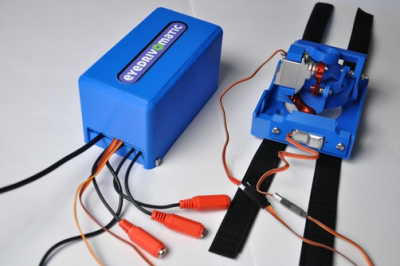 The Eyedrivomatac
The Eyedrivomatac 
